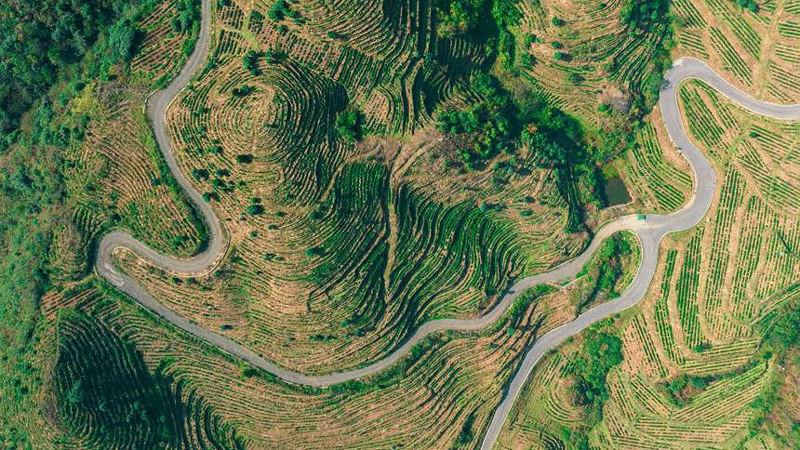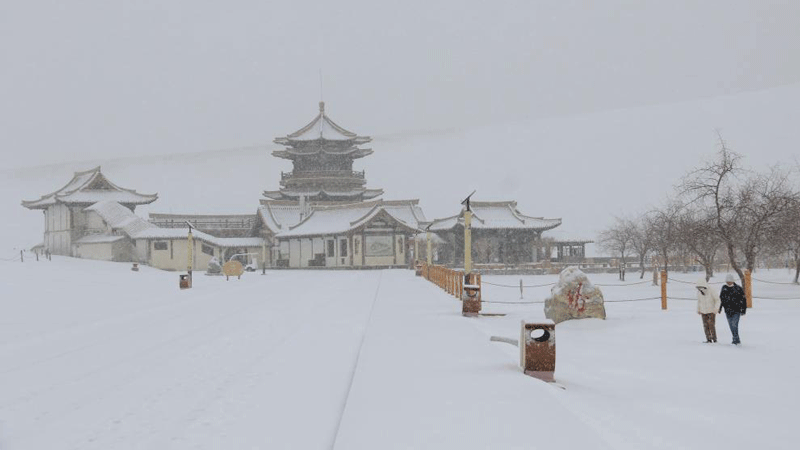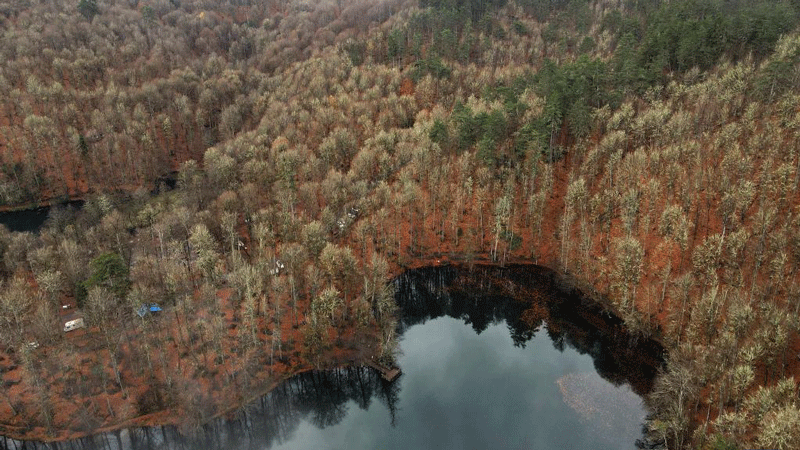Interview: UN conference on biological diversity pivotal for future of conservation
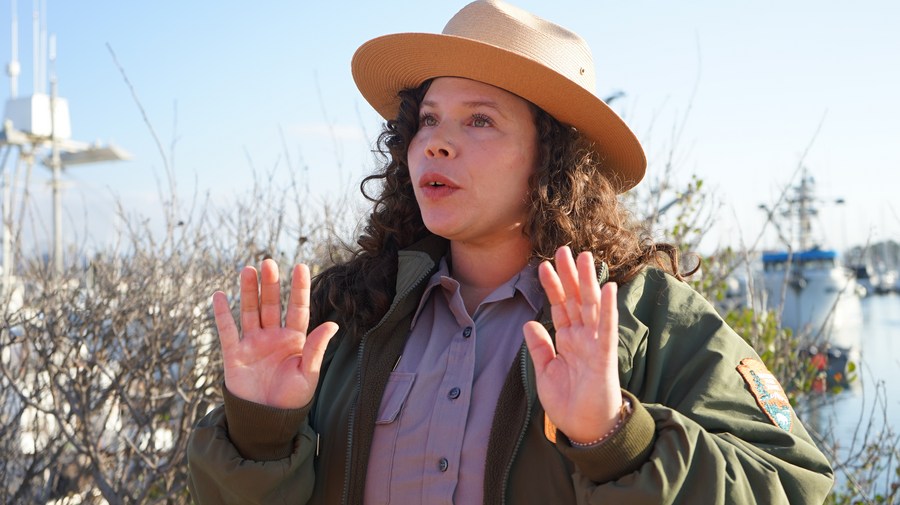
Jasmine Reinhardt, chief of interpretation and education at U.S. Channel Islands National Park, is seen during an interview in Ventura, California, the United States, on Nov. 29, 2022. (Photo by Zeng Hui/Xinhua)
To address the decline of unique animals such as island foxes, the park has taken multi-pronged approach to figure out the reasons for the decline, and made efforts to stop the decline and restore them through captive breeding programs.
LOS ANGELES, Dec. 1 (Xinhua) -- The upcoming UN conference on biological diversity will be really pivotal for the future of conservation, a staff member of U.S. National Park Service told Xinhua in a recent interview.
The UN Biodiversity Conference will be held from Dec. 7 to 19 in Montreal, Canada, focusing on protecting nature and halting biodiversity loss. Countries from around the world will come together to agree on a new set of goals to guide global action through 2030 to halt and reverse nature loss.
Jasmine Reinhardt, chief of interpretation and education at U.S. Channel Islands National Park, told Xinhua she expected to learn experiences and innovations from different countries in protecting biological diversity through the conference.
"It's going to be really pivotal for the future of conservation," she said, adding those experiences will help spark innovation.
Reinhardt said she also expected to learn more about the work that China has done in promoting biological diversity.
Established as a U.S. National Park in 1980, Channel Islands National Park consists of five islands off the Pacific coast of southern California, namely, San Miguel, Santa Rosa, Santa Cruz, Anacapa, and Santa Barbara.

Visitors are seen at Channel Islands National Park, California, the United States, on Nov. 29, 2022. (Photo by Zeng Hui/Xinhua)
Isolated from mainland and located at the confluence of two major ocean currents, the park preserves some of the finest remnants of the coastal ecosystem in America, and is home to a wide variety of unique animals, plants, and archeological resources found nowhere else on Earth.
Specifically, the islands are home to over 99 percent of nursing sea birds within southern California.
Annie Little, supervisory natural resource manager at Channel Islands National Park, shared with Xinhua efforts of the park in protecting biological diversity.
"The islands are located in a really unique position, because they are at the confluence of two different currents," Little hold Xinhua.
"We get cold waters coming down from Alaska and warm waters coming up from Mexico. That creates a really productive marine environment that supports a lot of different types of species on the Channel Islands," she explained.
"We have over 2,000 species in the marine environment as well as on land, so a really unique diversity of species," Little said.
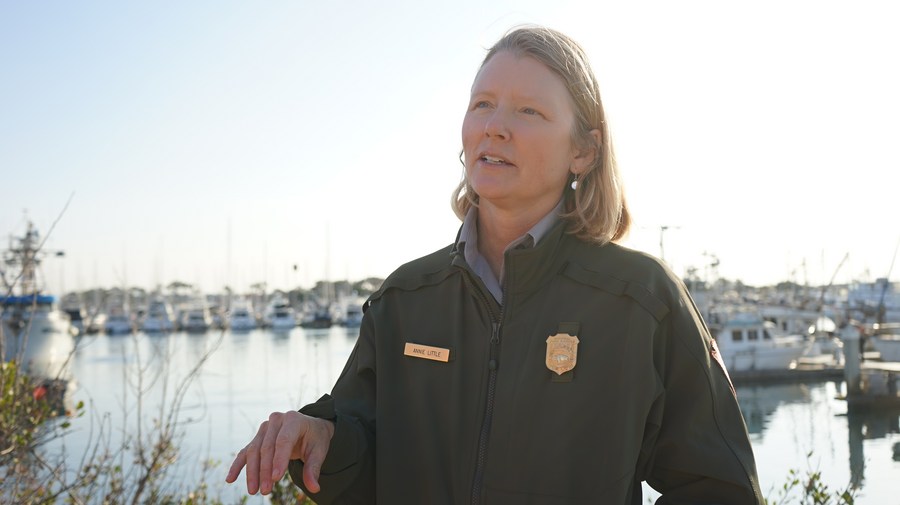
Annie Little, supervisory natural resource manager at Channel Islands National Park, is seen during an interview in Ventura, California, the United States, on Nov. 29, 2022. (Photo by Zeng Hui/Xinhua)
The plants and animals that have colonized the islands and their isolation from the mainland and from each other over eons has resulted in the evolution of many rare, endemic species and subspecies.
"For example, we have the island fox, which is a descendant of the mainland gray fox. But now it is unique species on the island," Little said.
Since its establishment in 1980, Channel Islands National Park has made concerted efforts to protect biological diversity.
"A lot of efforts were made to remove non-native species that were brought to the islands during the ranching period," Little told Xinhua.
Over decades, the park has worked together with many partners to remove some invasive species such as rats, cats, deer, cattle, sheep, and pigs that were not original and not native to the ecosystem of the islands, and let the native vegetation recover, according to Little.
Now the priority of the park has shifted toward habitat restoration and recovery of the native ecosystem.
"We have listed plant species federally threatened and endangered plant species out on the island, and we are working with many partners right now to enhance those populations," Little said.
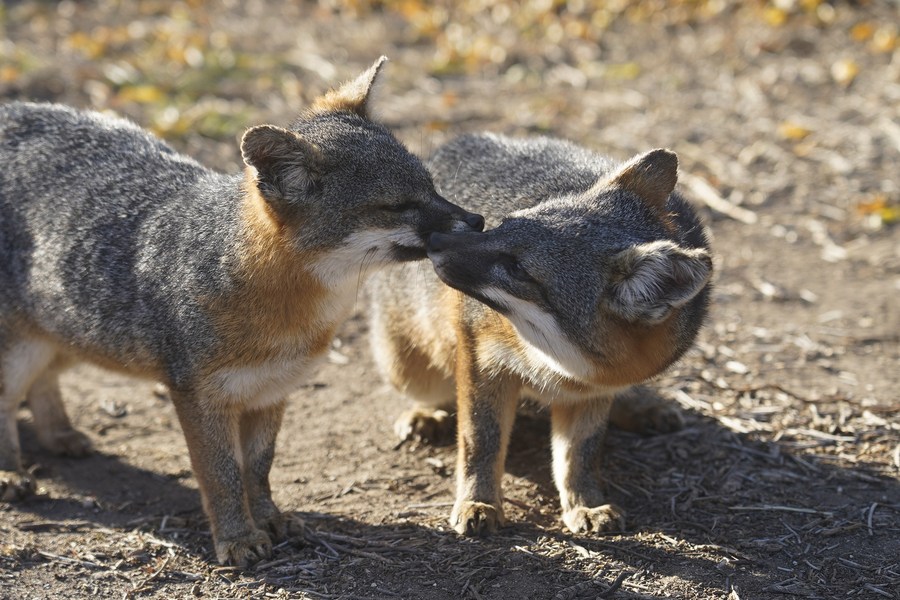
Photo taken on Nov. 29, 2022 shows island foxes living at Channel Islands National Park, California, the United States. (Photo by Zeng Hui/Xinhua)
The park has nurseries on each of the five islands, growing native plants from seed on the islands and then out-plant them, according to Little.
To address the decline of unique animals such as island foxes, the park has taken multi-pronged approach to figure out the reasons for the decline, and made efforts to stop the decline and restore them through captive breeding programs.
The population of island foxes is robust right now and continuing to increase, Little said, calling the efforts a "tremendous recovery story."
Climate change has posed grave threats to Channel Islands as increasing temperature, less precipitation and sea-level rise have impacted the prey base within the ocean as well as the whole ecosystem.
With rising sea level and wave action, sea birds are starting to be impacted and losing habitat such as sea caves. Little said the park is trying to restore some of the vegetation on top of the islands in a bid to provide habitat for those sea birds that may lose their habitat near the coast.
A network of Marine Protected Areas has been established around the Channel Islands to provide a refuge for sea life. These Marine Protected Areas are part of a larger effort throughout California and the world to conserve natural and cultural marine resources.
The isolated and undeveloped nature of the Channel Islands makes them an exceptional laboratory for studying the processes of island biogeography. This unique setting also supports significant research and understanding on the islands' 13,000 years of interplay between humans and their environment.
Photos
Related Stories
- New UN humanitarian overview gives gloomy outlook for 2023
- UN Mideast envoy calls for urgent steps toward two-state solution
- UN chief calls for action in 3 areas to prevent disaster of biological weapons
- UN calls for eliminating violence against women, girls
- UN chief calls for equalizing availability, quality of HIV treatment
Copyright © 2022 People's Daily Online. All Rights Reserved.







